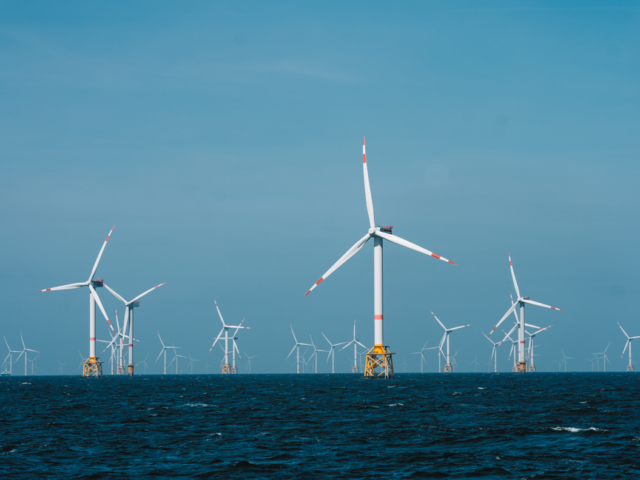It sways the news headlines: the European car industry is facing one of the most challenging times in its 130-year history: reinventing itself in the much-needed energy transition while facing cutthroat competition from China. Still, EU car production jumped in 2023, nearing 15 million vehicles—nearly two million more than the previous year.
China is the world’s top vehicle producer, manufacturing nearly one-third (31%) of vehicles globally, compared to only 8% in 2008. Europe employs 2.4 million people directly in the auto industry, which remains second (20%), before the US (17%) and Japan + South Korea (14%). In 2008, the EU still ruled the world at 31%.
These are just a few remarkable figures from the European car manufacturers federation ACEA’s Pocket Guide, giving an in-depth insight into the latest statistics from 2023 in all domains of the auto industry.
Promising trade figures
In her foreword, ACEA’s Director General Sigrid de Vries says, “While there are positive takeaways from this year’s update, the challenges our industry faces are monumental as we undergo the most significant transformation in over a century.”
She noticed promising trade figures despite the unpredictable context last year. The value of EU vehicle exports outweighed imports, culminating in a healthy 5% trade surplus growth compared to 2022. But she also saw that “while electric vehicle sales last year moved in the right direction, the share of vehicles on Europe’s roads with a plug remains markedly low.”
For ACEA, this “underscores the need for more robust measures to stimulate the market and replace older vehicles.” However, the Pocket Guide 2023 figures also underlie why ensuring critical industries like ours can thrive by investing and trading freely is so important. “A holistic and coordinated industrial strategy that exceeds other regions’ ambitions and puts in place the right conditions for competitiveness matters.”
Is the EU in bad shape?
So, are we Europeans really in such bad shape when the figures show EU car production grew at its fastest rate in the last decade, with +11.6% in 2023 and +8.4% in 2022, after the dramatic pandemic years 2020 (-23.5%) and 2021 (-6.7%)? Before, the highest growth of the decade was only +7.6% in 2018.
Two hundred fifty-five automotive plants built two million more vehicles in 2023 than the year before: 12.1 million cars, two million vans, 603,434 trucks, and 28,125 buses. In total, 6,634,372 of these newly built vehicles were exported from the EU, with the UK, the US, and Turkey as the top three destinations in units.

On the import side, with 4,239,586 vehicles in total, Chinese dominance became visible, with more than 700,000 vehicles, a growth of +40.2%. Turkey is profiting from its efforts to attract car manufacturers worldwide, with an increase of +9.4%, preceding the UK (+0.6%), where growth has stalled after Brexit. Europeans still favor Japan (+36.7%), South Korea (+5.7%), and Morocco (+14.7%), which shows their potential to attract even more production.
290 million vehicles on EU roads
By the end of 2023, almost 290 million vehicles were on EU roads. While the share of battery-electric cars has surged around threefold in four years, the share of vehicles on Europe’s roads with a plug remains markedly low: 2.2% of the cars.
In Europe, the average age of cars on the road is 12.3 years, with Belgium being one of the best-in-class (9.8 years) due to its large fleet of relatively recent company cars. Luxemburg has the youngest fleet (7.9 years), but both are heading the EU’s listings when buying the most new cars per 1,000 inhabitants.
The oldest cars are driving around in Greece: on average, they are 17.3 years old. They are followed by East-Eurpean countries like Estonia (16.6), Czechia (15.9), and Poland (14.9).





Comments
Ready to join the conversation?
You must be an active subscriber to leave a comment.
Subscribe Today